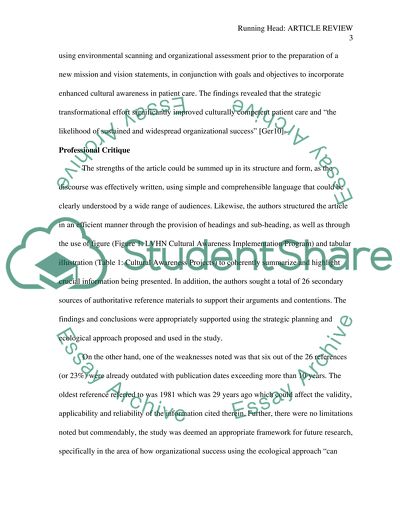Developing a Culturally Competent Health Network: A Planning Framework Book Report/Review. Retrieved from https://studentshare.org/health-sciences-medicine/1446118-developing-a-culturally-competent-health-network-a
Developing a Culturally Competent Health Network: A Planning Framework Book Report/Review. https://studentshare.org/health-sciences-medicine/1446118-developing-a-culturally-competent-health-network-a.


